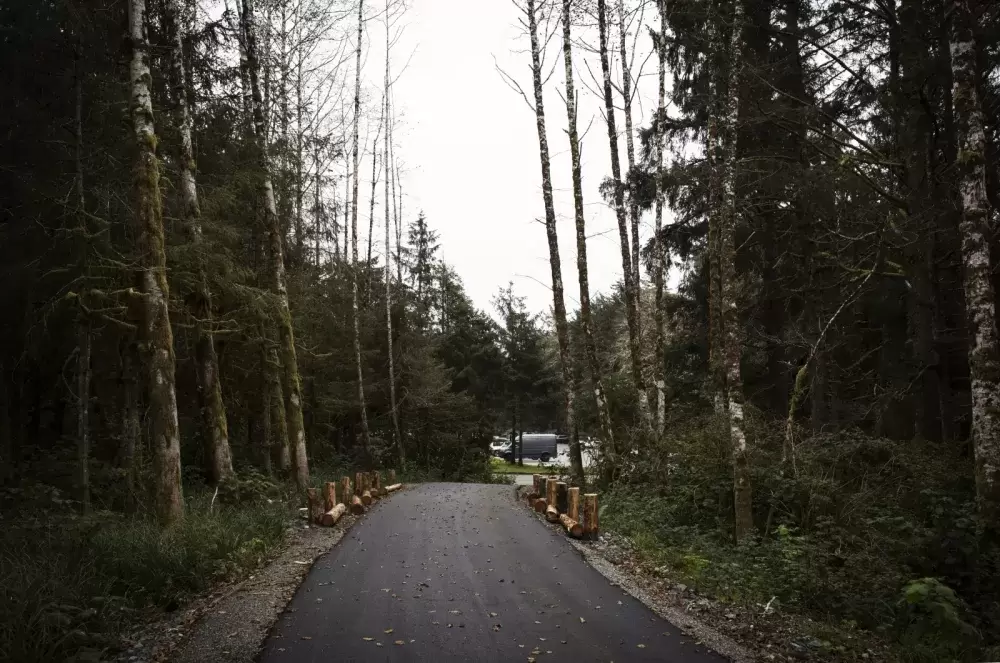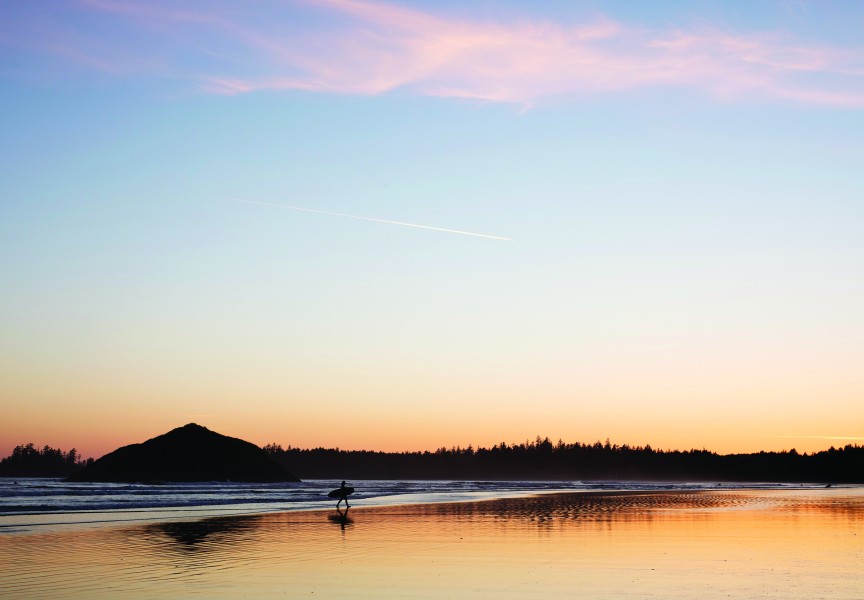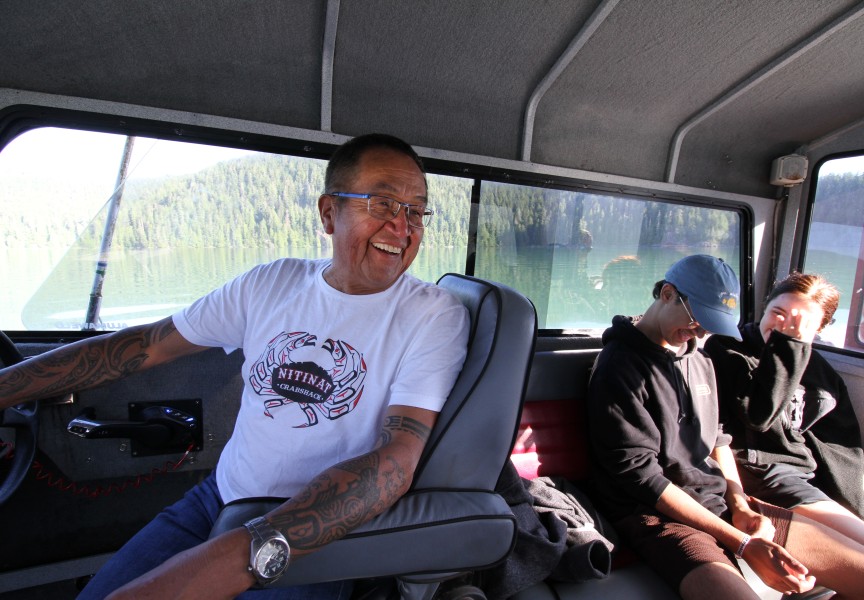The final leg of the 40-kilometre multi-use pathway connecting Tofino and Ucluelet is one step closer to being complete, following new funding support from Island Coastal Economic Trust’s Capital and Innovation Program.
The funding will be used towards construction of the remaining 1.2-kilometre stretch of the pathway between Ucluelet and the Pacific Rim National Park. Once completed, visitors will have access to one continuous trail that connects Ucluelet, Millstream, Yuułuʔiłʔatḥa and Tla-o-qui-aht lands, as well as the Long Beach Airport and Tofino.
Island Coastal Economic Trust was founded by the province of British Columbia in 2006 and has approved more than $55 million towards economic development initiatives.
The trust is contributing $200,000 towards the project’s total estimated cost of $1.54 million.
Alberni-Clayoquot Regional District (ACRD) Lands and Resources Coordinator Michael McGregor said the new funding means two-thirds of the required finances has been acquired.
As the ACRD continues to work towards locking-in the additional financing, McGregor said there’s no confirmed start-date for construction, but their aim is to have the pathway complete by next summer.
“The project is shovel-ready,” he said. “We're pretty optimistic that we're going to be able to make this a reality in the coming future.”
McGregor said they intend to partner with Yuułuʔiłʔatḥ on the project, “keeping in the same line” with the work Parks Canada did to engage Yuułuʔiłʔatḥ and Tla-o-qui-aht First Nation in the construction of ʔapsčiik t̓ašii.
Having signage in partnership with First Nations is something the ACRD is “eager to do within all parks,” he said.
Yuułuʔiłʔatḥ President Charles McCarthy said the nation “appreciated collaborating and participating with the Pacific Rim National Park Reserve and Tla-o-qui-aht First Nation for the opening celebration of the trail completion to date.”
McCarthy added that Yuułuʔiłʔatḥ looks forward to officially connecting the path through the completion of the final 1.2-kilometre stretch with the ACRD.
"The ʔapsčiik t̓ašii welcomes everyone to share the region through these trails, experiencing the traditional territory between our two nations,” McCarthy said. “With this, it is important to maintain the Nuu-chah-nulth language in the displayed signage, which we appreciate will be completed with the inclusion of the elders, and those responsible for language programming at the Yuułuʔiłʔatḥ Government.”
Trail improvements will mitigate safety concerns by creating a wider shoulder area for pedestrians, runners and cyclists to safely travel alongside the roadway.
“It's going to allow local communities and tourists to experience the west coast in a whole new way,” said McGregor. “And create a better connection between all the communities.”








